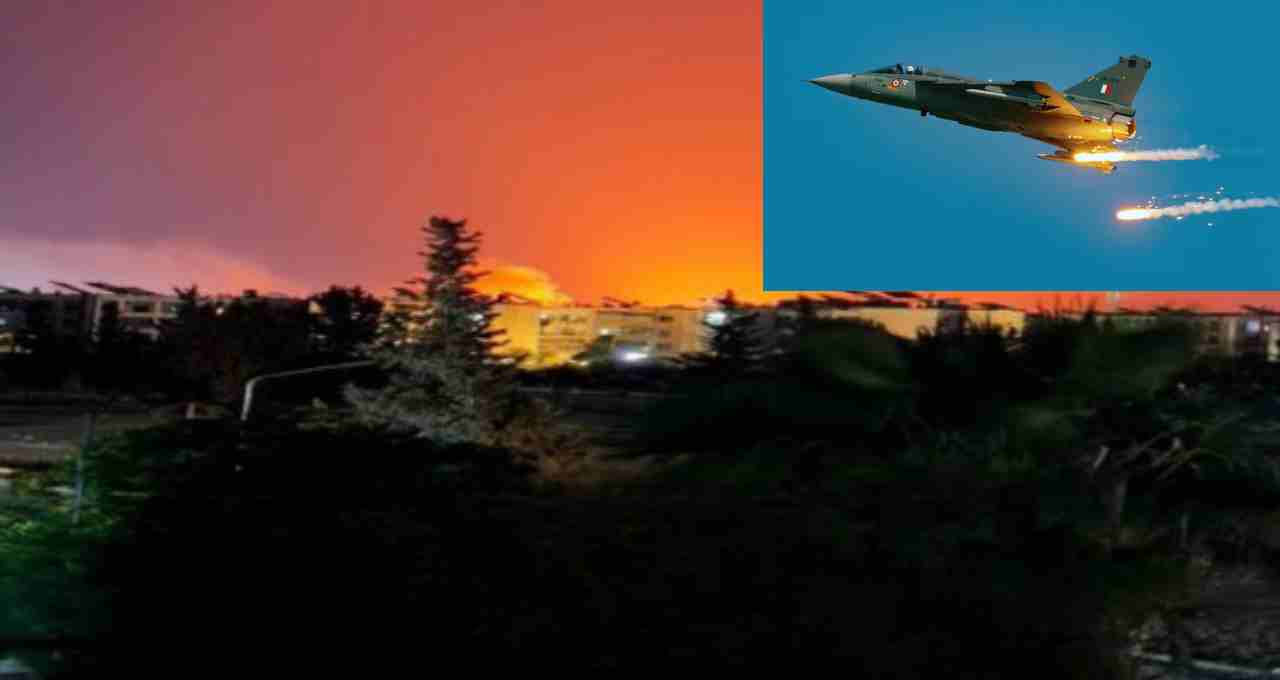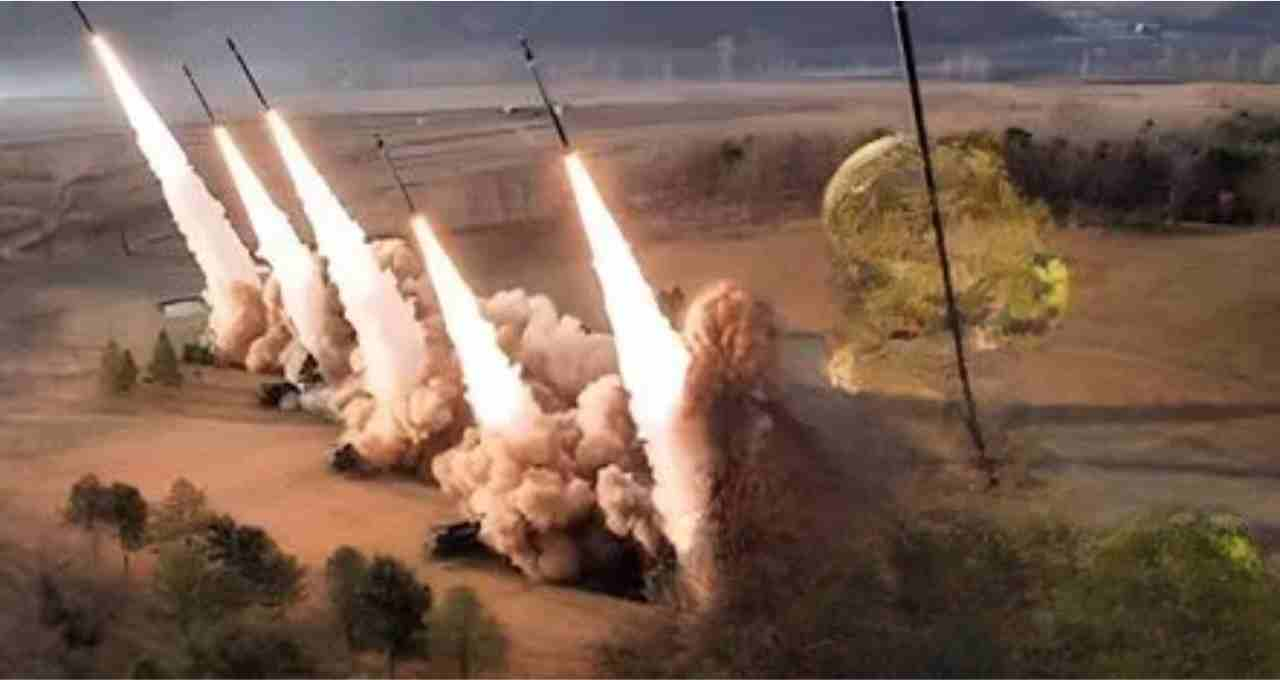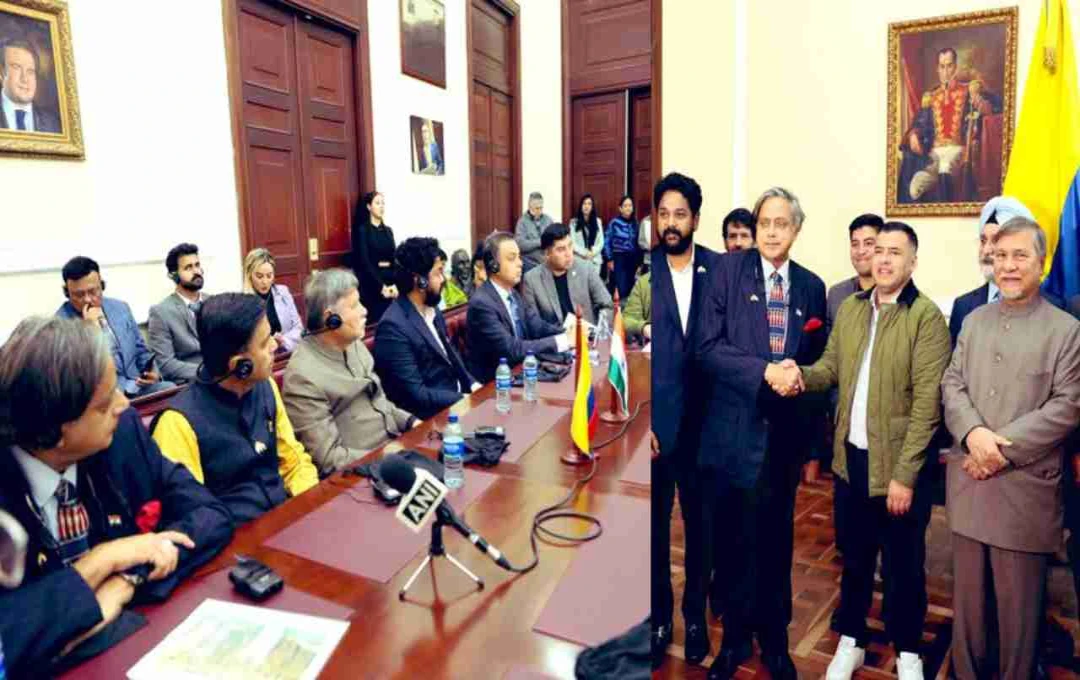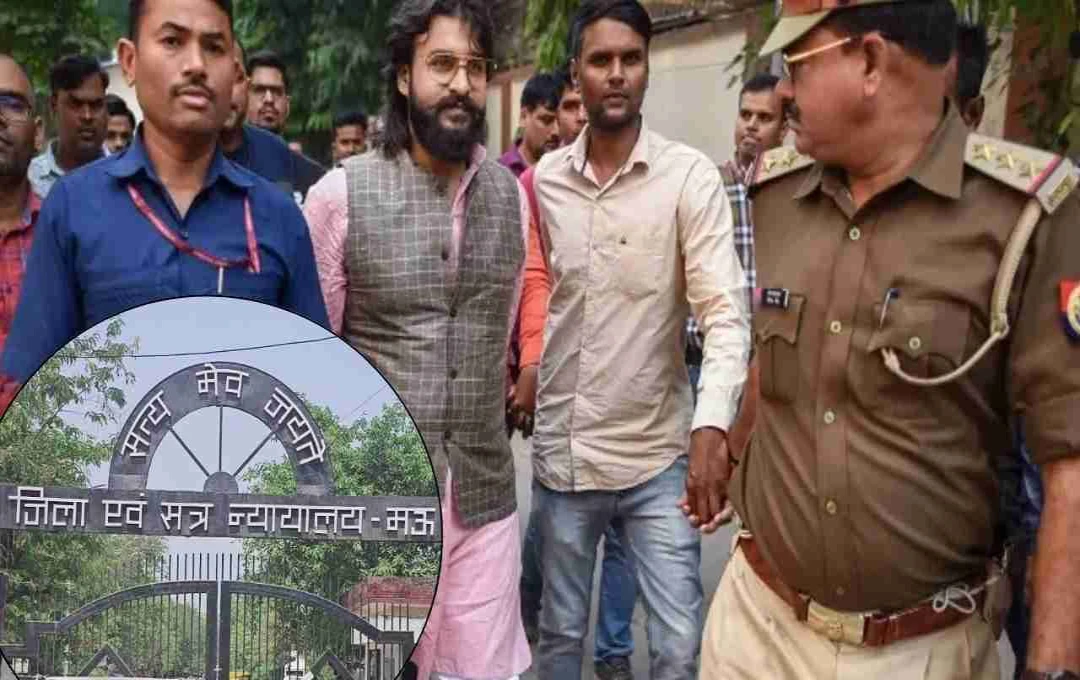Just 15 days after the Pulwama attack, the Indian armed forces retaliated by targeting terrorist bases in Pakistan and Pakistan-Occupied Kashmir (POK). This operation commenced at approximately 1:44 AM.
Operation Sindoor: India launched a major military operation, codenamed "Operation Sindoor," against terrorists in Pakistan and PoK. Under this operation, the Indian armed forces destroyed a total of nine terrorist camps belonging to organizations like Lashkar-e-Taiba, Jaish-e-Mohammed, and Hizbul Mujahideen.
This action was taken as retaliation for the Pulwama attack. This precise air strike by the Indian armed forces dealt a significant blow to the terrorist network, including the bhold of Jaish chief Masood Azhar. "Operation Sindoor" is the name given to this offensive operation by India. The primary objective of this operation was to eliminate terrorists responsible for carrying out terrorist attacks in India.
At 1:44 AM, the Indian Air Force, Army, and Navy jointly targeted terrorist bases located in Pakistan and PoK. Nine major terrorist camps were destroyed, many of which had been operating for years, training terrorists and facilitating their infiltration into Jammu and Kashmir.

Nine Terrorist Camps Destroyed Under Operation Sindoor
These nine terrorist camps included several key organizations and their training facilities involved in anti-India activities. Let's learn about these camps:
- Markaz Subhan Allah, Bahawalpur: This was the headquarters of Jaish-e-Mohammed, active since 2015. Masood Azhar and other key terrorist leaders orchestrated terrorist activities from this location. Jaish terrorists were trained here to launch attacks in India.
- Markaz Tayyaba, Muridke: Lashkar-e-Taiba's largest training center is located in Punjab province, Pakistan. Every year, 1000 new terrorists were recruited here. Osama bin Laden also constructed a mosque and guesthouse at this center.
- Sarjal/Tehraklan: This was a major Jaish-e-Mohammed camp used for infiltrating terrorists into Jammu and Kashmir. Terrorists were trained here from various areas of Pakistan.
- Mahmoona Joya Center, Sialkot: This Hizbul Mujahideen camp facilitated terrorist infiltration into the Jammu region. This center was crucial for terrorist training and supplies.
- Markaz Ahle Hadith, Barnala: This was another major Lashkar-e-Taiba training center located in the Pakistan-administered Kashmir region. From here, Lashkar terrorists were sent to the Poonch-Rajouri-Reasi sector.
- Markaz Abbas, Kotli: This Jaish-e-Mohammed camp in Kotli was used for planning terrorist attacks. Its leader, Kari Zarar, planned several terrorist attacks in Jammu and Kashmir.
- Maskeer Raheel Shahid, Kotli: This was Hizbul Mujahideen's oldest training center, housing approximately 150-200 trainees. Terrorists were sent from this center for infiltration into Indian territory.
- Shawai Nallah Camp, Muzaffarabad: This was a significant Lashkar-e-Taiba camp where terrorists like Ajmal Kasab received training. Terrorists trained at this camp wreaked havoc in India during the 26/11 Mumbai attacks.
- Markaz Sayyedna Bilal, Muzaffarabad: This was a significant Jaish-e-Mohammed camp located in Pakistan-administered Kashmir's Muzaffarabad. This center served as a transit camp before infiltrating terrorists into various parts of India.
Significant Aspects of Operation Sindoor

Operation Sindoor represents a significant military achievement for the Indian armed forces. It not only enhances India's security but also sends a b message to Pakistan that India will not tolerate any laxity in matters of its security. This operation by the Indian armed forces was executed with precision and planning, utilizing air strikes, naval support, and coordinated army action to destroy terrorist bases.
During the operation, Indian Prime Minister Narendra Modi continuously monitored the operation and granted the armed forces complete autonomy. This action showcases the strength and decisiveness of the Indian security forces.













